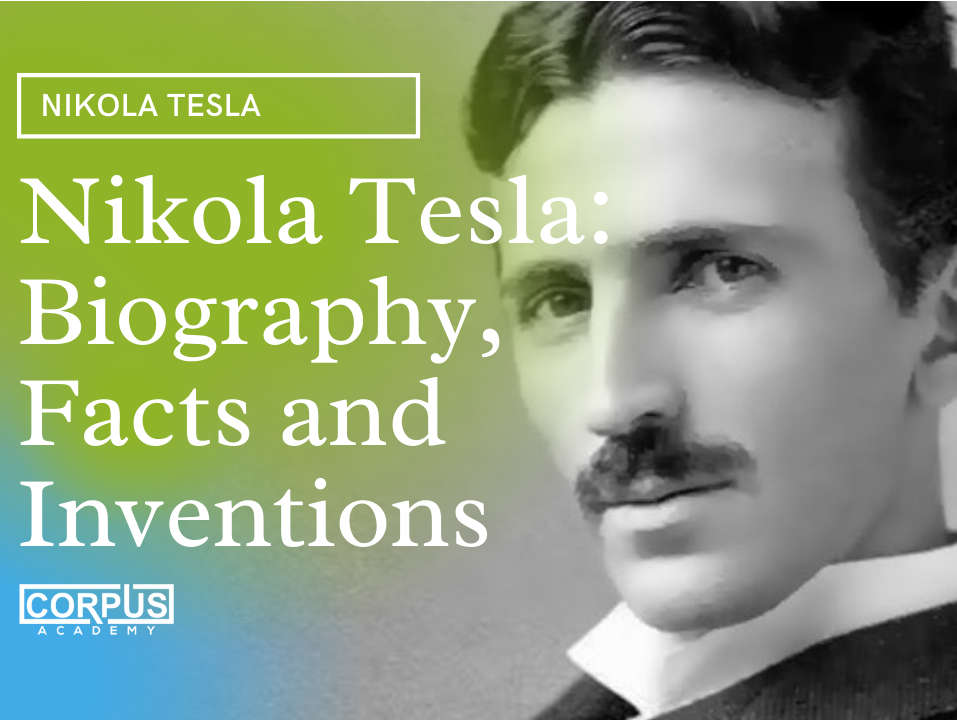Nikola Tesla: Biyografisi, Hakkındaki Gerçekler ve İcatları
This video is about the great scientist Nikola Tesla. He is the inventor of alternating current. Listen to the talk and follow the subtitles to imrove your English listening skill.
Hello. In today’s talk, we are going to talk about Nikola Tesla, Serbian-American inventor and engineer. As you may know, he discovered and patented the rotating magnetic field, the basis of most alternating-current machinery. He also developed the three-phase system of electric power transmission.
Let’s talk about his early years first. Nikola Tesla was born in 1856 in Croatia, which was then a part of the Austro-Hungarian Empire. His father was a priest in the Serbian Orthodox church, and his mother managed the family’s farm. In 1863, Tesla’s brother Daniel was killed in a riding accident. The shock of the loss unsettled Tesla. At that time, he was 7 years old, and reported seeing visions; the first signs of his lifelong mental illnesses.
Tesla studied math and physics at the Technical University of Graz, and philosophy at the University of Prague. In 1882, he came up with the idea for a brushless AC motor, making the first sketches of its rotating electromagnets in the sand of the path. Later that year, he moved to Paris, and got a job: repairing direct current (DC) power plants with the Continental Edison Company.
Two years later, in 1884, he immigrated to the United States. He worked at the Edison Machine Works in New York City, then he quit the job. With the help of partners to finance and market his ideas, Tesla set up laboratories and companies in New York to develop a range of electrical and mechanical devices. His alternating current (AC) induction motor and related polyphase AC patents, which was licensed by Westinghouse Electric in 1888, earned him a considerable amount of money, and became the cornerstone of the polyphase system, which the company eventually marketed.
Tesla became famous as an inventor, and demonstrated his achievements to celebrities and wealthy patrons at his lab, and became well known for his shows at public lectures. Throughout the 1890s, Tesla pursued his ideas for wireless lighting, and worldwide wireless electric power distribution in his high-voltage, high-frequency power experiments in New York, and Colorado Springs. In 1893, he made pronouncements on the possibility of wireless communication with his devices. Tesla tried to put these ideas to practical use in his unfinished Wardenclyffe Tower project, an intercontinental wireless communication, and power transmitter. However, he ran out of funding, before he could complete it.
After Wardenclyffe, Tesla experimented with a series of inventions in the 1910s and 1920s, with varying degrees of success. Having spent most of his money, Tesla lived in a series of New York hotels, leaving behind unpaid bills. He died in New York City in January 1943. Tesla's work fell out of sight after his death, but in 1960 he became known again, when the General Conference on Weights and Measures named the S-I unit of magnetic flux density the Tesla, in his honor.
Since 1990s, his name has been among the most popular scientists throughout history, and today, he gets the attention he deserves.

